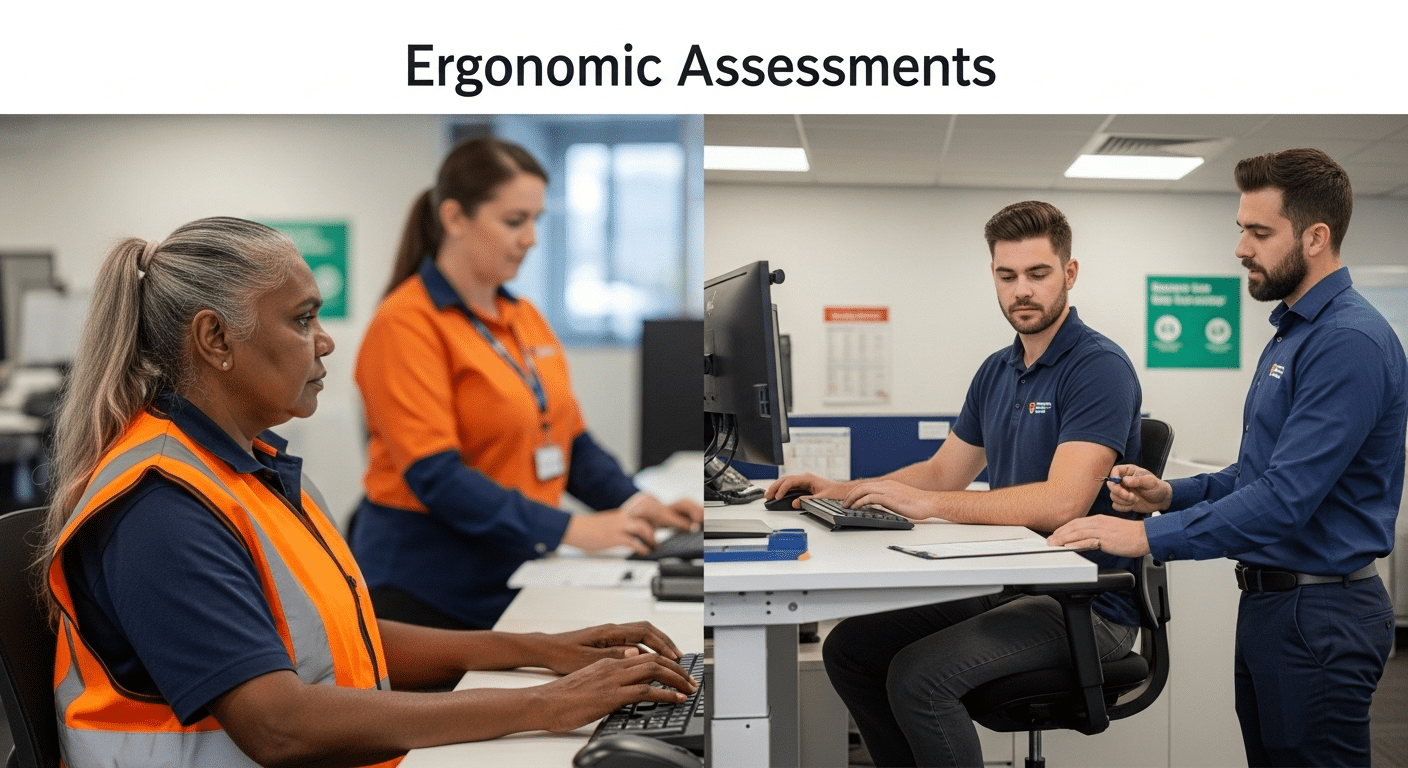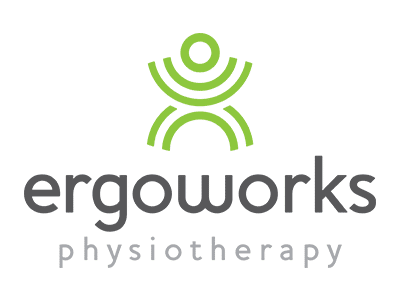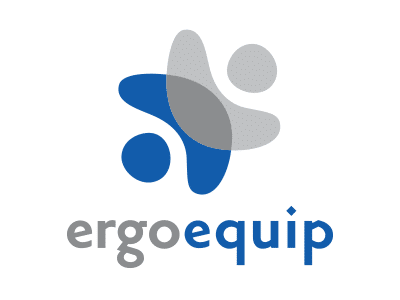How Ergonomic Assessments Reduce Workplace Injuries and Boost Efficiency

In today’s dynamic work environment, whether it’s a bustling CBD office or a dedicated home setup, the well-being of your employees is paramount. Beyond ethical considerations, a healthy workforce directly translates to a productive and thriving business. This is where the profound impact of ergonomic assessments comes into play. Far from being a mere tick-box exercise, a professional ergonomic assessment is a strategic investment in your team’s health, safety, and ultimately, your organisation’s bottom line.
Consider Sarah, a dedicated graphic designer who spent countless hours hunched over her desk, experiencing persistent neck and shoulder pain. Or Mark, a project manager whose lower back discomfort made sitting through long meetings unbearable. These aren’t isolated incidents; they’re common scenarios stemming from poorly configured workspaces and a lack of ergonomic awareness. The good news? These issues are largely preventable, and the solution often lies in a tailored office ergonomics assessment.
Understanding the Landscape of Workplace Injuries
The statistics speak for themselves. Musculoskeletal Disorders (MSDs) are among the most prevalent workplace injuries in Australia, leading to significant lost time, decreased productivity, and substantial workers’ compensation claims. These injuries aren’t always dramatic falls or sudden accidents; often, they’re insidious, developing over time due to repetitive movements, awkward postures, and static loading – all hallmarks of a non-ergonomic workspace.
Think about the everyday activities in an office: typing for hours, reaching for the mouse, leaning over to write, or craning the neck to view a monitor. When these actions are performed in a non-optimal setup, the cumulative strain on muscles, tendons, ligaments, and joints can be immense. Carpal tunnel syndrome, back pain, neck pain, and repetitive strain injuries (RSIs) are just some of the debilitating conditions that can arise, turning daily tasks into sources of chronic discomfort and diminished capacity. For businesses, this translates to absenteeism, presenteeism (where employees are at work but not fully productive due to pain), higher staff turnover, and increased insurance premiums.
The Preventative Power of Ergonomic Assessments
This is precisely where an expert ergonomic office assessment offers a proactive and invaluable solution. Rather than reacting to injuries once they occur, an ergonomic assessment aims to identify and mitigate risk factors before they lead to harm. It’s a comprehensive review of an individual’s workstation, work habits, and the surrounding environment, conducted by a qualified professional.
During an assessment, an expert considers various elements that influence comfort and safety. This includes the height and position of the chair, desk, monitor, keyboard, and mouse, as well as lighting, glare, and even the ambient temperature. Beyond just the physical setup, the assessment also delves into work practices – how breaks are taken, movement patterns, and whether there are any repetitive tasks that could be modified to reduce strain.
The goal isn’t just to make a few tweaks; it’s to create a harmonious interface between the worker and their environment, enabling them to perform their duties safely, comfortably, and efficiently. This personalised approach ensures that recommendations are practical and tailored to the individual’s specific needs, addressing their unique physical characteristics and job demands.
Boosting Efficiency: Beyond Injury Prevention
While injury reduction is a cornerstone benefit, the ripple effect of well-implemented ergonomics extends far beyond just safety. When employees are comfortable and free from pain, their focus shifts from managing discomfort to performing their tasks. This leads to a tangible boost in efficiency and overall productivity.
Imagine an employee who no longer has to constantly adjust their chair or stretch their neck to alleviate stiffness. Their concentration improves, their work rate increases, and the quality of their output can often see a significant uplift. This enhanced focus and comfort directly contribute to:
- Increased Productivity: Fewer distractions from discomfort mean more dedicated work time.
- Improved Work Quality: When employees are comfortable, they can concentrate better, leading to fewer errors and higher quality outcomes.
- Enhanced Morale and Engagement: A workplace that prioritises employee well-being fosters a positive culture, leading to higher job satisfaction and greater loyalty. Employees feel valued when their health and comfort are taken seriously.
- Reduced Absenteeism and Presenteeism: By preventing injuries and discomfort, employees are less likely to take sick leave or be at work but underperform due to pain.
- Lowered Workers’ Compensation Costs: Proactive injury prevention significantly reduces the likelihood of costly claims and associated administrative burdens.
The return on investment for an ergonomic assessment can be substantial, often outweighing the initial outlay through reduced healthcare costs, improved productivity, and a more engaged workforce.
The Rise of the Home Office: Why Home Ergonomic Assessments are Crucial
The shift towards remote work, accelerated in recent years, has brought the home ergonomic assessment to the forefront. What started as a temporary measure for many has evolved into a permanent or hybrid model, transforming living rooms and spare bedrooms into makeshift offices. While offering flexibility, this transition also presents unique ergonomic challenges.
Unlike a traditional office where standardised equipment and professional oversight might be present, home setups often lack proper ergonomic considerations. Employees might be working from kitchen tables, couches, or on beds, using laptops without external monitors or keyboards. This informal setup, while convenient in the short term, can quickly lead to chronic pain and injuries.
A dedicated home ergonomic assessment addresses these specific challenges. An expert can assess the employee’s unique home workspace, offering practical advice and solutions using existing furniture where possible, or suggesting appropriate adjustments and equipment. This ensures that even in a home environment, the principles of good ergonomics are applied, safeguarding the employee’s health and maintaining their productivity. It’s about empowering individuals to create a safe and comfortable working space within their own homes, recognising that the home office is now a legitimate workplace that requires the same duty of care as a corporate setting.
Choosing Your Ergonomic Partner: The Ergoworks Consulting Difference
When it comes to safeguarding your workforce and optimising your workspaces, choosing the right partner for your ergonomic assessment is crucial. At Ergoworks Consulting, we bring a wealth of experience and a client-focused approach to every assessment, whether it’s for an individual in a home office or an entire corporate environment.
Our process is thorough, personalised, and grounded in the latest ergonomic principles. We don’t just identify problems; we provide practical, actionable solutions tailored to your specific needs and budget. Our goal is to empower your employees to work safely and efficiently, fostering a culture of well-being that resonates throughout your organisation. We believe in building lasting relationships with our clients, offering ongoing support and guidance to ensure sustainable ergonomic improvements.
Investing in professional ergonomic assessments is not just about compliance; it’s about investing in your people. It’s about creating a workplace where comfort and health are prioritised, leading to a more productive, engaged, and ultimately, more successful organisation. Let us help you transform your workspaces into environments where your team can truly thrive.


